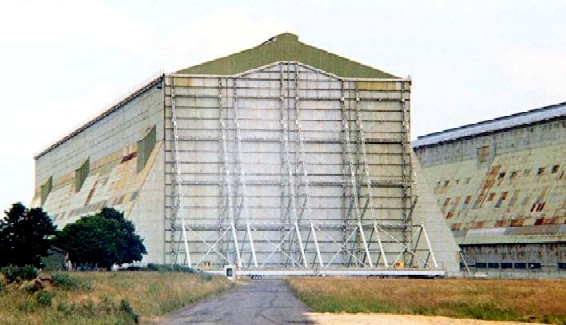|
[From Samuel Lewis's Topographical Dictionary of England 1831.] CARDINGTON, a parish in the hundred ofWIXAMTREE, county of BEDFORD, 3 miles (E. S. E.) from Bedford, containing, with the chapelry of East Cotts, 1194 inhabitants. The living is a discharged vicarage, in the archdeaconry of Bedford, and diocese of Lincoln, rated in the king's books at £7. 17., endowed with £200 private benefaction, and £200 royal bounty, and in the patronage of the Master and Fellows of Trinity College, Cambridge. The church, dedicated to St. Mary, contains several ancient monuments, also a tablet in memory of the great philanthropist, John Howard, who lived some years at this place, and served the office of sheriff for the county in 1773; and a splendid modern monument by Bacon, the last of his works, erected in 1799 to the memory of Samuel Whitbread, Esq., whose family first settled here in 1650, at a house called the Barns. There is a place of worship for Wesleyan Methodists, and at Cotton End is one for Particular Baptists. The navigable river Ouse runs along the northern side of the parish. |
 Cardington St. Mary Cardington St. Mary Cottage next to church - built 1764 |
||||||||||||||||
 Cardington Airship sheds - once housed the fateful R101 |
|||||||||||||||||
 Cardington Cross first erected in 1796 - restored in 1837 by W Whitbread - moved from it's original position because of the by-pass. |
 Direction marker Cardington/Bedford - erected 1934 |
||||||||||||||||
THE R101 DISASTER |
|||||||||||||||||
|
Sunday morning October 5th 1930 the British Airship R101 crashed in France with the loss of 48 lives including Lord Thomson, Air Minister and Sir Sefton Brancker Air Vice Marshal. |
|||||||||||||||||

|
|||||||||||||||||
|
|||||||||||||||||
Cardington, Bedfordshire
- Details
- Written by: Nathan Zipfel
- Category: Towns and Villages
- Hits: 3609






